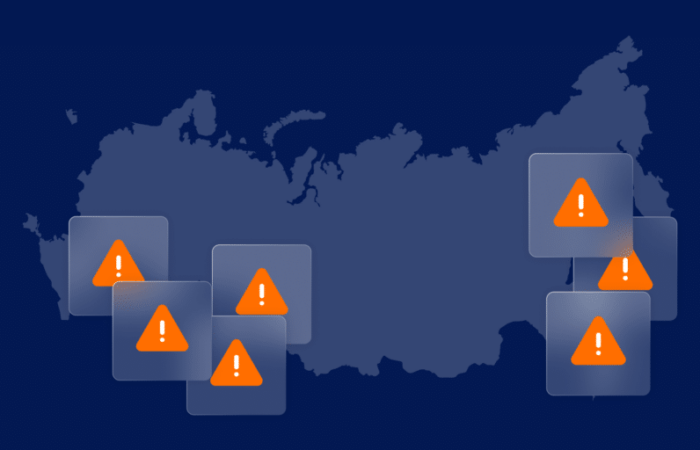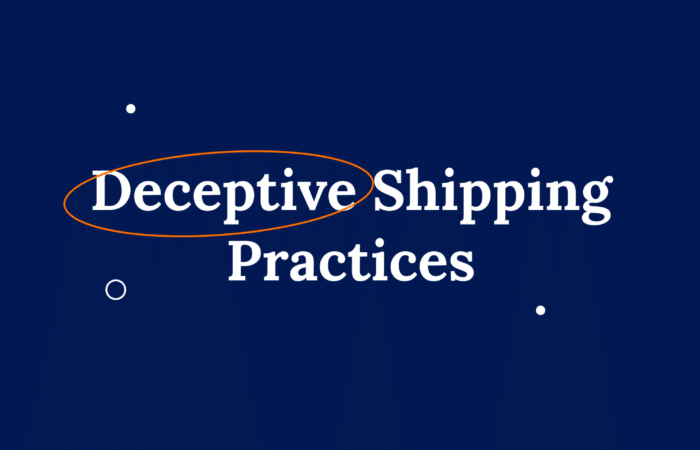What’s inside?
More than 250 billion spam emails are sent each day. Yet only a fraction get through. The vast majority are automatically dumped in the inbox trash.
On the face of it, that doesn’t have much to do with predicting cargo losses at sea. Go a little deeper, though, and we can see that the machine learning techniques that distinguish Amazon emails from those of Nigerian “astronauts” seeking cash to return to earth (one of my all-time favourites) are the same ones Windward uses to help marine insurers select better risks. Industries around the world are increasingly using machine learning to augment decision-making. As the chart below shows, they’re not afraid to shout about it (even if AI-use lags AI-talk).

Marine insurers haven’t fully embraced AI, for several reasons. According to a poll at this month’s International Union for Marine Insurers Conference, participants indicated that a lack of available data was the most significant factor limiting the integration of machine learning within cargo insurance. Yet while a range of other structural and cultural factors are at play, technology is not the main one.
Take port accumulation. We know this is one of the biggest risks for cargo insurers, as illustrated by the horrific 2015 Tianjin port explosion which killed more than 170 people and left insurers with a bill of more than $3bn. For cargo insurers, knowing the exposure at any given port or terminal is critical. But the most simple data on ship movements – counting vessels in port as a proxy for the amount of cargo – can be highly misleading. While it’s fairly easy to count how many vessels are in port right now, it’s much harder to calculate how many have been there in the past week – those whose cargo might very well still be in port. And what about the vessels who just arrived and/or are in the port waiting area? The question being asked, and the technology that answers it, can make a huge difference to the predictions used to augment decision-making.
The process of analysing port accumulation can be bolstered further by commercial satellite images, using companies such as Planet, which can assist in counting assets on the ground. Layering this information with what we know about seasonality (there tends to be a dip in the number of car carriers entering the Port of Tianjin around February) can allow cargo insurers to get a better handle on particular accumulation buildups.

But what about when the cargo is in transit? According to our calculations, cargo spends around 43% of its life traveling, making it a critical component to model.
In cases where the cargo insurer knows the vessel carrying its goods – e.g. for car carriers, project cargo and various tankers — it is possible to provide vessel-level insights which can give an underwriter a much deeper understanding of their risk.
By way of example, Windward conducted a case study on a fleet of car carriers carrying Toyota vehicles. What quickly became clear is that individual vessels are exposed to very different levels of risk. For instance, many vessels spent considerably more time traveling at dangerous depths than others. This carries significant implications for cargo insurers given that car carriers which travel at dangerous depth are 2.8 times more likely to have a navigational accident in the coming 12 months. We also found a number of vessels within Toyota’s fleet that spent significantly more time in dangerous weather – another important variable given that ships which do so are almost twice as likely to have a navigational accident.

There is clearly a lot more to be done when it comes to modelling for cargo risk. Increasing data accessibility, an objective highlighted by IUMI’s Large Loss Database Pilot Project, aims to make some of this more accessible and can contribute to better modeling of risky behavior for cargo and better benchmarking. This could allow cargo insurers to better distinguish between vessels and exclude substandard ships from carrying their cargo – ultimately putting the contents of those containers at less risk.
Daniel Fink is Windward Insurance’s Head of Business Development
This blog is based on Daniel’s presentation to IUMI’s annual conference, which took place in Cape Town, South Africa, earlier this month.






